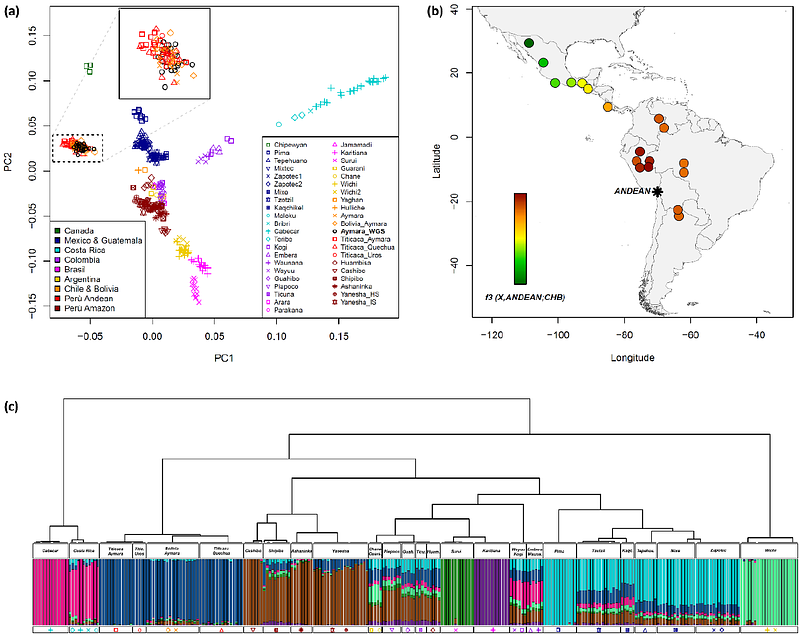Convergent evolution of complex adaptive traits enabled human life at high altitudes

Convergent evolution of complex adaptive traits enabled human life at high altitudes
Ferraretti, G.; Rill, A.; Abondio, P.; Smith, K.; Ojeda-Granados, C.; De Fanti, S.; Izzi, M.; Sherpa, P. T.; Cocco, P.; Tiriticco, M.; di Marcello, M.; Dezi, A.; Gnecchi-Ruscone, G. A.; Natali, L.; Corcelli, A.; Marinelli, G.; Garagnani, P.; Peluzzi, D.; Luiselli, D.; Pettener, D.; Sarno, S.; Sazzini, M.
AbstractConvergent adaptations represent paradigmatic examples of the capacity of natural selection to influence organisms biology. However, the possibility to investigate genetic determinants underpinning convergent complex adaptive traits has been offered only recently by methods for inferring polygenic adaptations from genomic data. Relying on this approach, we demonstrate how high-altitude Andean human groups experienced pervasive selective events at angiogenic pathways, which resemble those previously attested for Himalayan populations despite partial convergence at the single-gene level was observed. This provides unprecedented evidence for the drivers of convergent evolution of enhanced blood perfusion in populations exposed to hypobaric hypoxia for thousands of years.